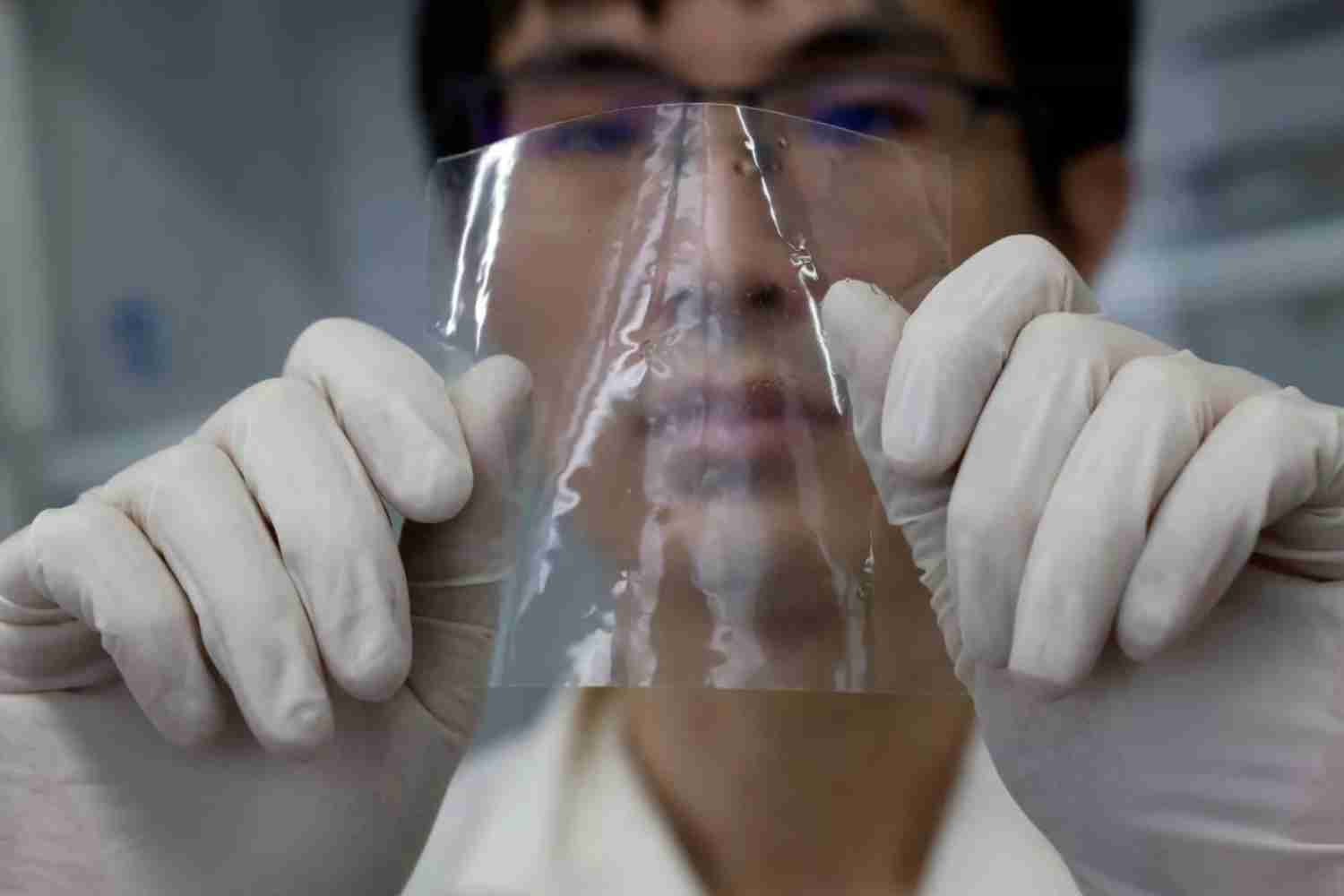A Japanese team has developed a groundbreaking material that dissolves in seawater, offering a potential solution to ocean plastic pollution without leaving harmful microplastics behind.

@ChEnected (X)
The laboratories at the RIKEN Center for Emergent Matter Science in Wako, near Tokyo, have developed a groundbreaking material that could dramatically alter the way we address ocean plastic waste. In collaboration with the University of Tokyo, this new composite dissolves completely in seawater within 2-3 hours, depending on the size of the piece.
In laboratory demonstrations, researchers showed how a fragment of the material disappeared entirely in a container of saltwater after about an hour of stirring. Unlike current biodegradable plastics, this process leaves no residual traces behind.
The composition of the new material
This innovative material is based on a combination of two common substances: sodium hexametaphosphate, typically used as a food additive, and monomers containing guanidinium ions, which are used as fertilizers. The research, published in Science, describes how these compounds form salt-bridge bonds in water, creating a supramolecular network.
Takuzo Aida, the project leader, explained to Reuters that the material retains the strength of traditional plastics derived from petroleum but breaks down into its original components when exposed to salt. “Children cannot choose the planet they will live on. It is our duty, as scientists, to ensure they have the best environment possible,” Aida stated.
Advantages over existing biodegradable plastics
What sets this material apart is its ability to decompose without generating microplastics, which are one of the major threats to marine ecosystems. When it dissolves, it releases elements like nitrogen and phosphorus, which can be processed by bacteria naturally found in the environment or absorbed by plants.
The material has several attractive technical characteristics: it is non-toxic, non-flammable, and does not emit carbon dioxide during decomposition. The presence of salt in the soil allows degradation even on land, where a piece of about 2 inches (5 cm) disintegrates after more than 200 hours.
Practical applications and future developments
Visually similar to a sheet of glass, this material can be used like conventional plastics once coated with appropriate coatings. The research team is currently focusing on finding the most effective coating methods to make the product waterproof when necessary.
The research has already sparked interest in the packaging sector, according to Aida, though no specific commercialization plans have been outlined yet. The approach could also be extended to supramolecular materials based on polysaccharides, opening up possibilities for applications in 3D printing.
The plastic waste emergency
Data from the United Nations Environment Programme suggests that plastic pollution could triple by 2040, with an estimated 23-37 million tons of plastic waste being released annually into the oceans. In this context, the search for effective alternatives to traditional plastics is becoming increasingly critical.
This Japanese material fits into the global research landscape seeking innovative solutions to the growing plastic waste crisis. The phase separation process, which expels the sodium sulfate generated by the salt-bridge bonds, represents a novel approach in the field of biodegradable materials.
The dried material behaves like traditional thermoplastic, moldable and recyclable, maintaining stability in aqueous environments thanks to hydrophobic coatings such as parylene C. This versatility could ease its adoption in various industrial applications, from the production of single-use packaging to more complex components.
This research represents a significant step toward developing materials that combine the mechanical properties of traditional plastics with rapid and safe decomposition in marine environments, without compromising performance during use.
